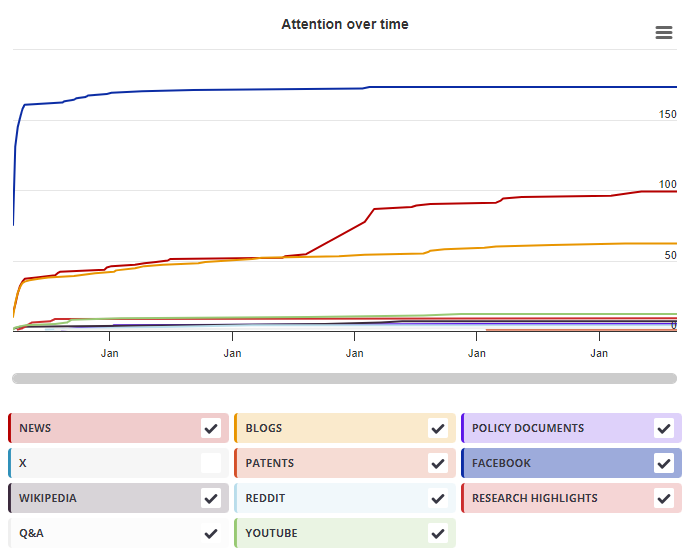| Chapter title |
Slow Cooling Cryopreservation Optimized to Human Pluripotent Stem Cells
|
|---|---|
| Chapter number | 5 |
| Book title |
Biobanking and Cryopreservation of Stem Cells
|
| Published in |
Advances in experimental medicine and biology, November 2016
|
| DOI | 10.1007/978-3-319-45457-3_5 |
| Pubmed ID | |
| Book ISBNs |
978-3-31-945455-9, 978-3-31-945457-3
|
| Authors |
Takamichi Miyazaki, Hirofumi Suemori |
| Editors |
Feridoun Karimi-Busheri, Michael Weinfeld |
| Abstract |
Human pluripotent stem cells (hPSCs) have the potential for unlimited expansion and differentiation into cells that form all three germ layers. Cryopreservation is one of the key processes for successful applications of hPSCs, because it allows semi-permanent preservation of cells and their easy transportation. Most animal cell lines, including mouse embryonic stem cells, are standardly cryopreserved by slow cooling; however, hPSCs have been difficult to preserve and their cell viability has been extremely low whenever cryopreservation has been attempted.Here, we investigate the reasons for failure of slow cooling in hPSC cryopreservation. Cryopreservation involves a series of steps and is not a straightforward process. Cells may die due to various reasons during cryopreservation. Indeed, hPSCs preserved by traditional methods often suffer necrosis during the freeze-thawing stages, and the colony state of hPSCs prior to cryopreservation is a major factor contributing to cell death.It has now become possible to cryopreserve hPSCs using conventional cryopreservation methods without any specific equipment. This review summarizes the advances in this area and discusses the optimization of slow cooling cryopreservation for hPSC storage. |

Mendeley readers
Geographical breakdown
| Country | Count | As % |
|---|---|---|
| Unknown | 19 | 100% |
Demographic breakdown
| Readers by professional status | Count | As % |
|---|---|---|
| Student > Bachelor | 3 | 16% |
| Student > Ph. D. Student | 3 | 16% |
| Researcher | 3 | 16% |
| Student > Master | 2 | 11% |
| Professor > Associate Professor | 1 | 5% |
| Other | 0 | 0% |
| Unknown | 7 | 37% |
| Readers by discipline | Count | As % |
|---|---|---|
| Engineering | 4 | 21% |
| Medicine and Dentistry | 2 | 11% |
| Agricultural and Biological Sciences | 1 | 5% |
| Biochemistry, Genetics and Molecular Biology | 1 | 5% |
| Chemistry | 1 | 5% |
| Other | 1 | 5% |
| Unknown | 9 | 47% |